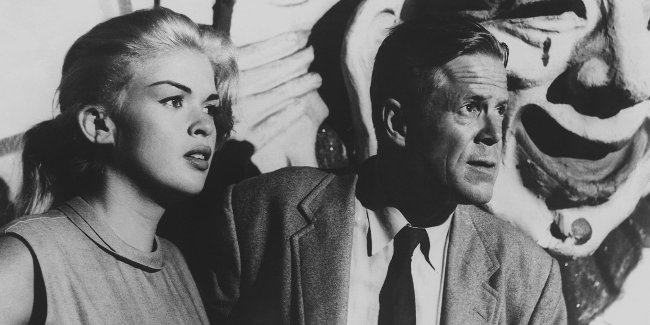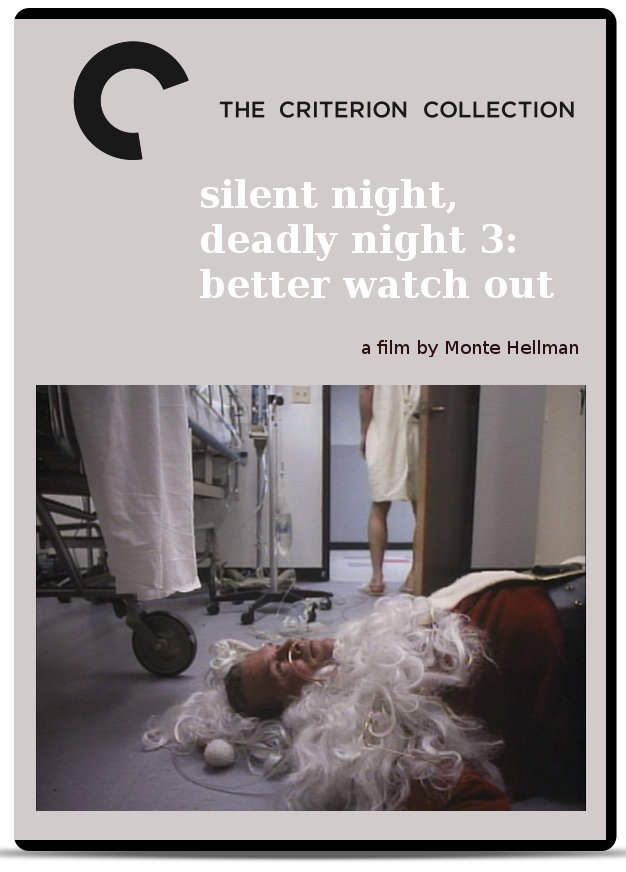
photo via IMDb
Following up on a run of reading David Goodis novels, checked out his self-adapted film version of The Burglar (he wrote the screenplay, the director was Paul Wendkos). Made in '55, it sat on the shelf until '57, when the career of Jayne Mansfield took off with The Girl Can't Help It. She is physically miscast here but her acting is good. Dan Duryea plays Nat Harbin, a gloomy burglar who heads a small, dysfunctional crime family, consisting of himself, a fence, a heavy, and "Gladden," a girl he's looked after for years as a de facto sister. In an extended flashback (better in the book, too sketchy in the movie) we learn about Nat's past as a destitute orphan adopted and mentored by a professional thief named Gerald Gladden. Gerald dies during a botched robbery and tells Nat he must always look after his daughter, who is simply called Gladden. Nat wrestles throughout the story with his loyalty to a dead father-figure and the exploitation of Gladden as part of the burglary team (she cases potential locations).
Nat's angst is less compelling in the film than the book. We don't really get a feeling for the horrific grind of his youthful poverty before Gerald "rescued" him, as conveyed in Goodis' captivatingly anguished prose, nor do we really understand why Nat seems so conflicted about Gladden. We see Duryea resisting the advances of the ultra-sexy Mansfield, but in the film he looks twenty years older than she does. In the book the characters are close in age and Gladden isn't a bombshell, but a "thin" young woman who could be a sister, friend, or lover, if the two could only get their feelings straight and stop being haunted by Gerald's ghost. In both versions, Nat and Gladden separate and dally with other partners, leading to a dark conclusion.



